Breaking the Law Is Safer When Everyone Else Is Breaking It

Google. While breaking privacy laws seems to be their global sport of choice, they sure do stick to the letter of the law when their autonomous cars are perusing American roads.
Oddly, that’s a problem according to the New York Times, because the rest of us operate our automobiles in a legal gray area, bending the rules to our benefit when we know we won’t get caught.
Google’s autonomous car project is — in its simplest form — four wheels, an array of sensors and software that tells the wheels what to do based on signals from the sensor array. Because that software is programmed in a way that follows traffic law in an absolute form, human drivers don’t know how to react it — and it doesn’t know how to react to humans.
This is because, for the most part, we break traffic laws is small ways all the time.
For example, four-way stops:
One Google car, in a test in 2009, couldn’t get through a four-way stop because its sensors kept waiting for other (human) drivers to stop completely and let it go. The human drivers kept inching forward, looking for the advantage — paralyzing Google’s robot.
If the Google car had been programmed to break the law by not waiting for all other vehicles to stop, it would have made it through the intersection.
But, it isn’t just the autonomous car of the future; drivers are having difficulties with the semi-autonomous features of today found in a number of vehicles, like lane departure warning systems:
Humans and machines, it seems, are an imperfect mix. Take lane departure technology, which uses a beep or steering-wheel vibration to warn a driver if the car drifts into another lane. A 2012 insurance industry study that surprised researchers found that cars with these systems experienced a slightly higher crash rate than cars without them.
Bill Windsor, a safety expert with Nationwide Insurance, said that drivers who grew irritated by the beep might turn the system off. That highlights a clash between the way humans actually behave and how the cars wrongly interpret that behavior; the car beeps when a driver moves into another lane but, in reality, the human driver is intending to change lanes without having signaled so the driver, irked by the beep, turns the technology off.
As difficult as it will be for autonomous vehicles to seamlessly blend in with the current infrastructure — regardless of the condition of that infrastructure — the biggest hurdle will likely be something much more difficult to change: human nature.

More by Mark Stevenson
Latest Car Reviews
Read moreLatest Product Reviews
Read moreRecent Comments
- V8fairy Not scared, but I would be reluctant to put my trust in it. The technology is just not quite there yet
- V8fairy Headlights that switch on/off with the ignition - similar to the requirement that Sweden has- lights must run any time the car is on.Definitely knobs and buttons, touchscreens should only be for navigation and phone mirroring and configuration of non essential items like stereo balance/ fade etc>Bagpipes for following too close.A following distance warning system - I'd be happy to see made mandatory. And bagpipes would be a good choice for this, so hard to put up with!ABS probably should be a mandatory requirementI personally would like to have blind spot monitoring, although should absolutely NOT be mandatory. Is there a blind spot monitoring kit that could be rerofitted to a 1980 Cadillac?
- IBx1 A manual transmission
- Bd2 All these inane posts (often referencing Hyundai, Kia) the past week are by "Anal" who has been using my handle, so just ignore them...
- 3-On-The-Tree I was disappointed that when I bought my 2002 Suzuki GSX1300R that the Europeans put a mandatory speed limiter on it from 197mph down to 186mph for the 2002 year U.S models.




















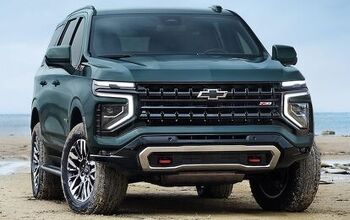
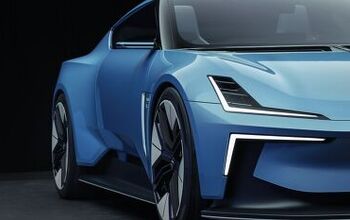
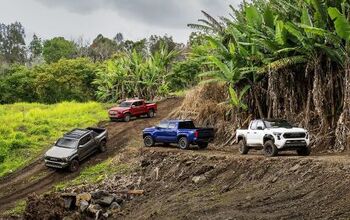
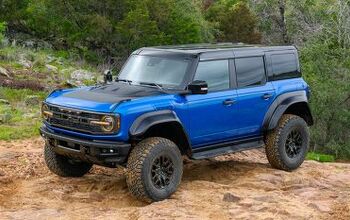


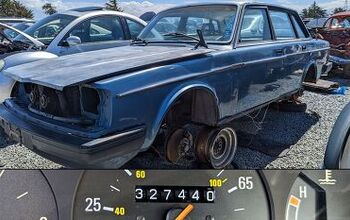
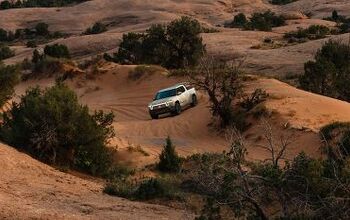
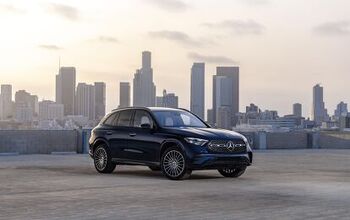

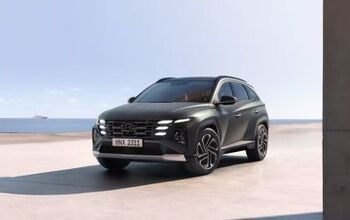
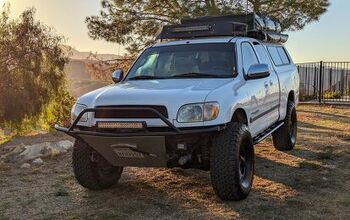

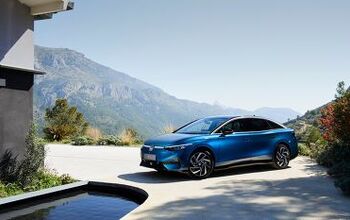
Comments
Join the conversation
Not human nature, just human habits. Also how is inching forward "breaking the law"?
About half the time when I encounter the "4-way stop problem" one or more of the drivers signals the other to proceed. How is the Googlemobile going to deal with that? I'm also thinking of the Air France flight that crashed in the south Atlantic after departing Brazile. The conclusion was that the sensors got confused, the autopilots disconnected and the flight crew had no idea what was going on. They put the aircraft into a stall, and several hundred people died.